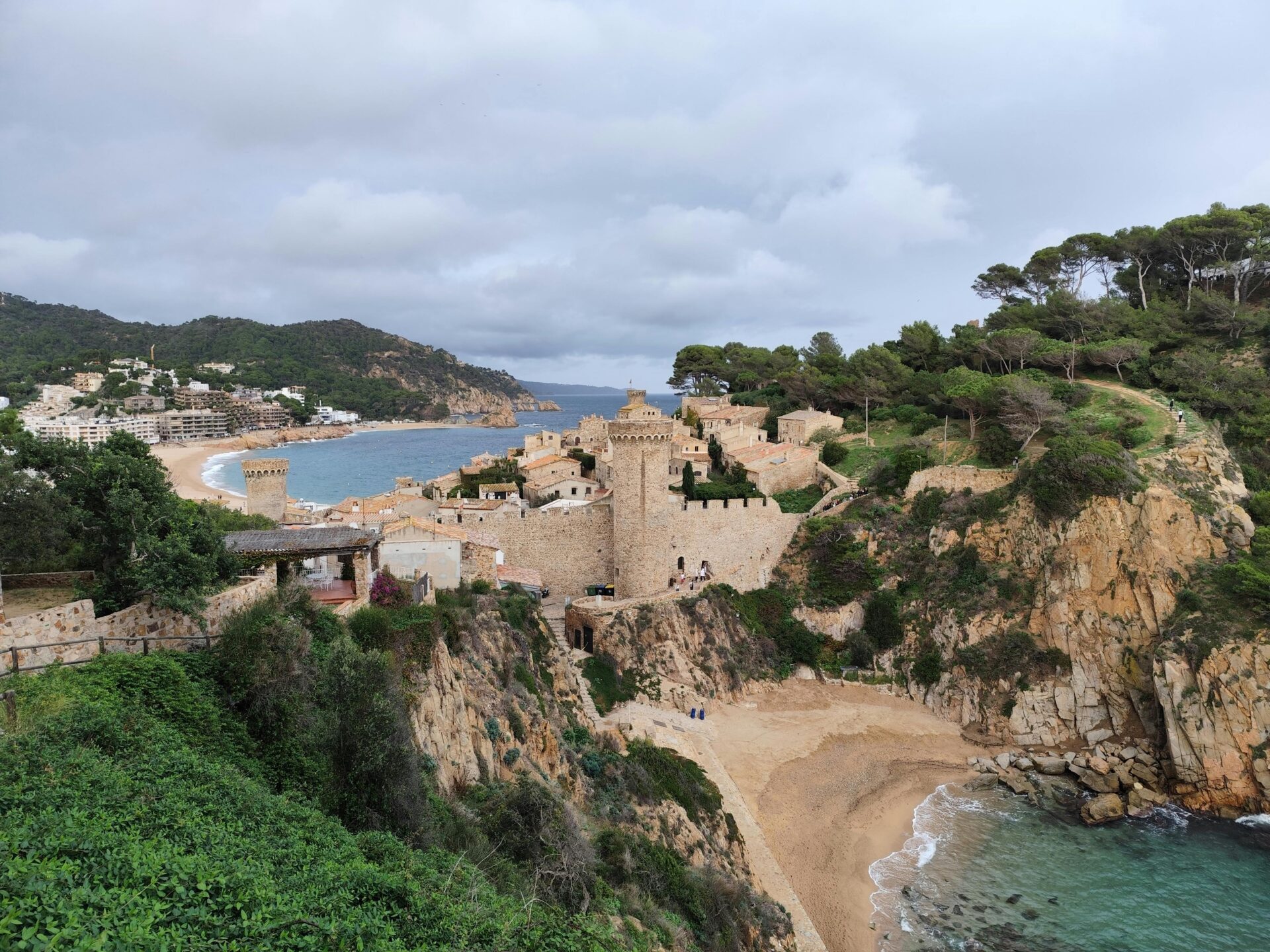The rugged coastline of Costa Brava captured my heart the moment I first laid eyes on its dramatic cliffs and azure waters. This stunning stretch of northeastern Spain offers some of the most breathtaking coastal hiking trails I’ve ever experienced, winding through pine forests and revealing hidden coves that feel like your own private paradise. The true magic of Costa Brava lies in discovering those secret beaches and coves that remain untouched by mass tourism, accessible only by foot along ancient coastal paths.
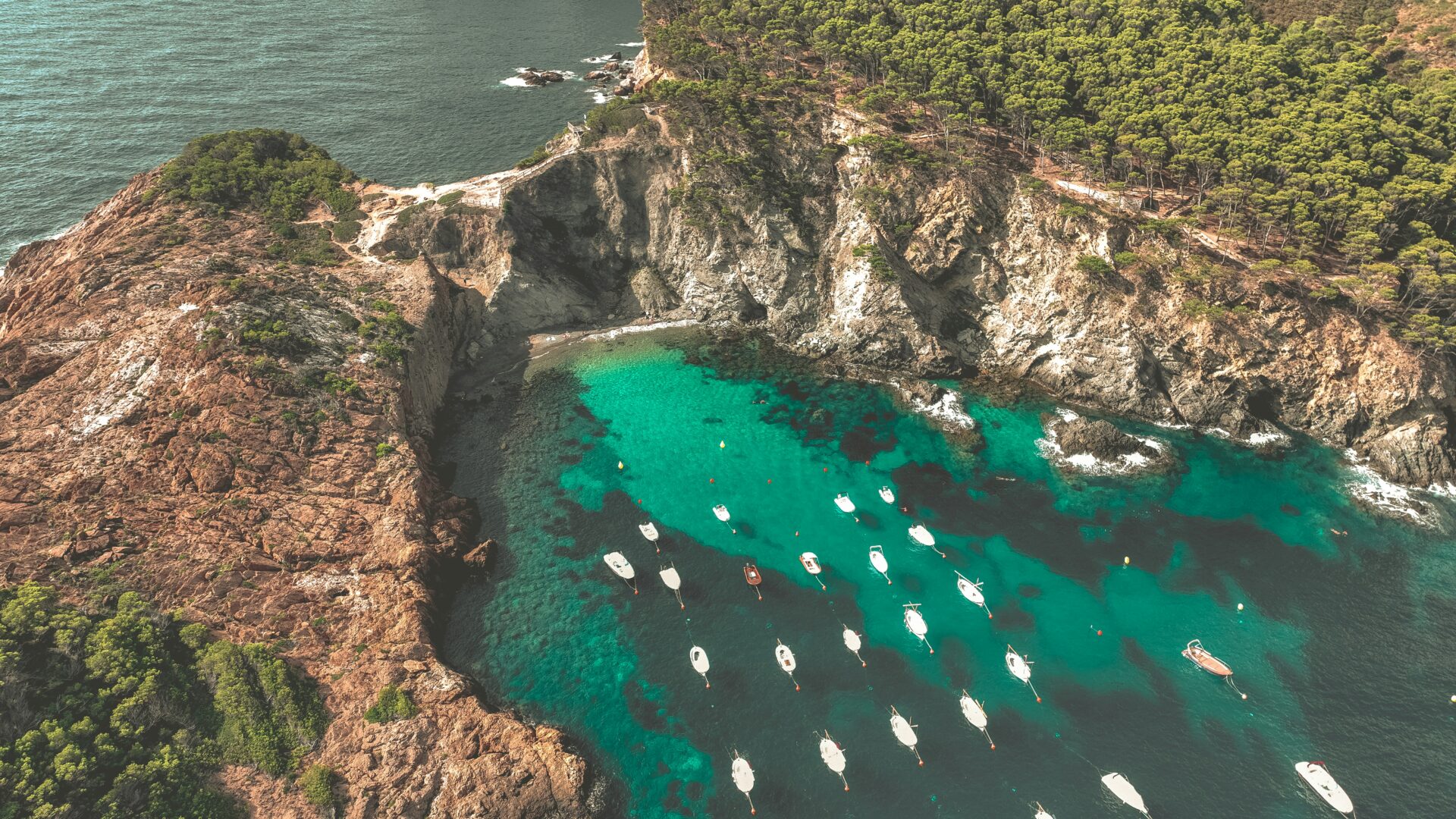
During my recent adventures, I trekked from Sant Feliu de Guíxols toward Begur, a spectacular route that showcases the region’s diverse beauty. The trail alternates between challenging cliff walks and relaxing stretches along golden beaches, with each bend revealing a new postcard-worthy vista. What makes these hikes so special is the reward waiting at the end—crystal-clear waters in secluded coves where you can cool off after your efforts.
My favorite aspect of exploring Costa Brava’s coastline is the perfect balance of natural beauty and cultural charm. The coastal paths connect picturesque fishing villages where you can stop for fresh seafood and local wine, making for perfect rest breaks.
Whether you’re an experienced hiker or just looking for easy walks to beautiful beaches, Costa Brava offers trails for every level of adventure seeker.
Planning Your Costa Brava Adventure
A successful trip to Costa Brava requires thoughtful planning to make the most of this stunning Mediterranean coastline. The region offers incredible hiking trails, hidden beaches, and charming towns that are accessible year-round with some seasonal considerations.
Best Time to Visit
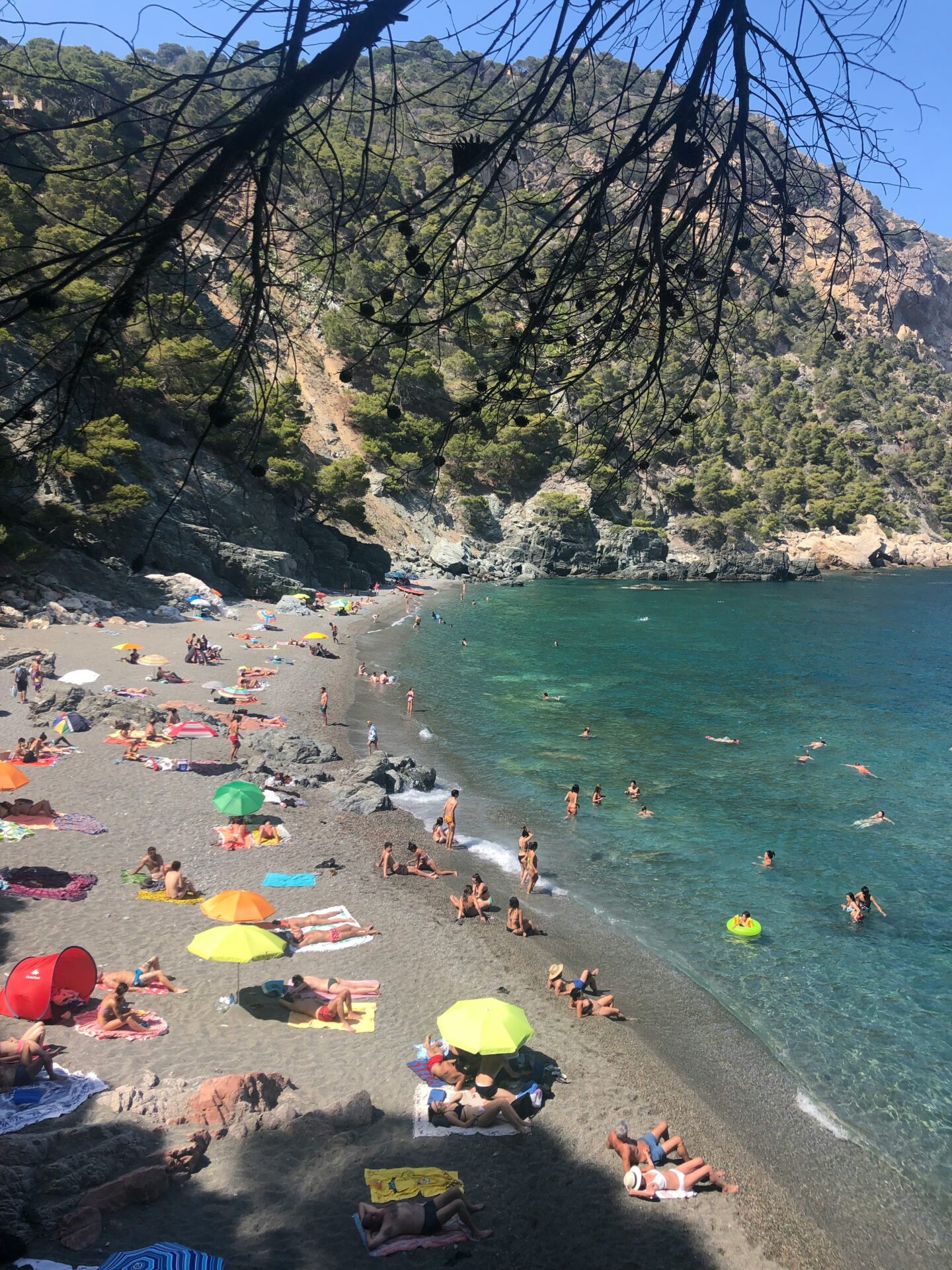
I’ve found May, June, and September to be the sweet spot for visiting Costa Brava. The weather is pleasantly warm, averaging 70-80°F, and you’ll avoid both the summer crowds and higher prices of July and August.
Winter visits (November-March) offer a different experience. Many coastal businesses close, but hiking trails remain open and peaceful. The temperatures hover around 50-60°F – perfect for active exploration without summer’s heat.
October brings lovely autumn colors to the trails, though occasional rainfall increases. Spring (April-May) treats visitors to wildflowers along coastal paths and comfortable hiking temperatures.
If swimming is your priority, aim for late June through early September when sea temperatures are most inviting.
Getting There and Around
The most convenient gateway to Costa Brava is Girona-Costa Brava Airport, which receives flights from many European cities. Barcelona’s El Prat Airport (about 1.5 hours away) offers more international connections.
Renting a car provides the most freedom for exploring hidden coves and trails. I recommend booking ahead during high season when availability becomes limited.
Public transportation works surprisingly well for visiting major towns. SARFA buses connect most coastal villages, though schedules thin out significantly in winter months.
For hikers, the coastal train (R1 line) runs from Barcelona to Blanes, providing easy access to southern Costa Brava. From there, local buses can take you to trailheads.
Catalunya’s well-maintained roads make driving pleasant, but parking near popular beaches can be challenging in summer. Consider parking outside town centers and walking in.
Discovering the Hidden Gems
Costa Brava holds treasures that most tourists never find. The real magic happens when you venture beyond the popular spots and discover secluded beaches and historical wonders that reveal the soul of this Spanish coastal region.

Secret Coves and Pristine Beaches
I stumbled upon Cala Castell near Palamós during my second day hiking the coastal trails. This hidden cove took my breath away with its crystal-clear waters and natural beauty. Unlike the crowded beaches in Tossa de Mar, you’ll often find only a handful of locals here.
Another gem is the series of tiny coves between Begur and Tamariu. These secret spots require a bit of effort to reach – sometimes a 20-minute hike down rocky paths – but the reward is worth every step.
My favorite morning ritual became swimming at Cala Pedrosa before the day tourists arrived. The water clarity here is unmatched, perfect for snorkeling among colorful Mediterranean fish.
For families, I recommend the small bay near Sa Riera. It offers shallow waters and natural shade from pine trees that extend almost to the shoreline.
Medieval Castles and Historical Sites
The ancient ruins of Empúries transported me back to Greek and Roman times. This archaeological site sits right beside the sea, creating a stunning backdrop as you walk among columns that have stood for over 2,000 years.
I spent a fascinating afternoon exploring the medieval castle in Tossa de Mar. Its stone walls provided spectacular views of the coastline and gave me a glimpse into Costa Brava’s strategic importance throughout history.
The most charming surprise was discovering Peratallada, a tiny medieval town set slightly inland. Walking through its narrow stone streets felt like stepping through a time portal. The town’s name literally means “carved stone,” and every building showcases remarkable medieval craftsmanship.
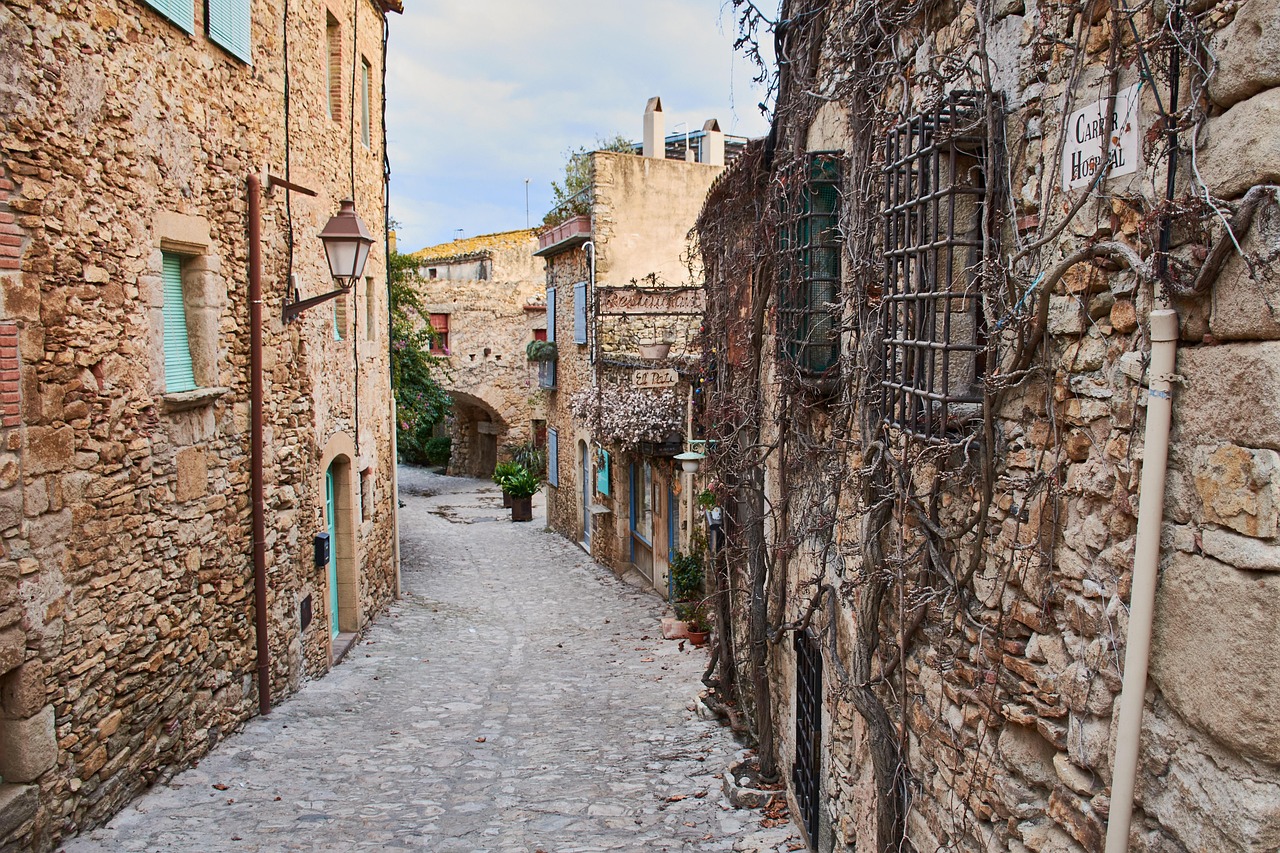
Don’t miss the smaller watchtowers dotting the coastline. These structures once protected villages from pirates and now offer perfect sunset viewpoints.
Coastal Hikes to Remember
The Costa Brava’s Camí de Ronda trails offer some of the most beautiful coastal hiking experiences I’ve ever encountered. These ancient pathways weave through dramatic cliffs, hidden coves, and charming fishing villages, creating perfect day-hike adventures.
Scaling Cliffs and Breathtaking Views
I found the stretch between Lloret de Mar and Tossa de Mar particularly stunning. The trail climbs along rugged cliffs with panoramic views of the Mediterranean that literally stopped me in my tracks.
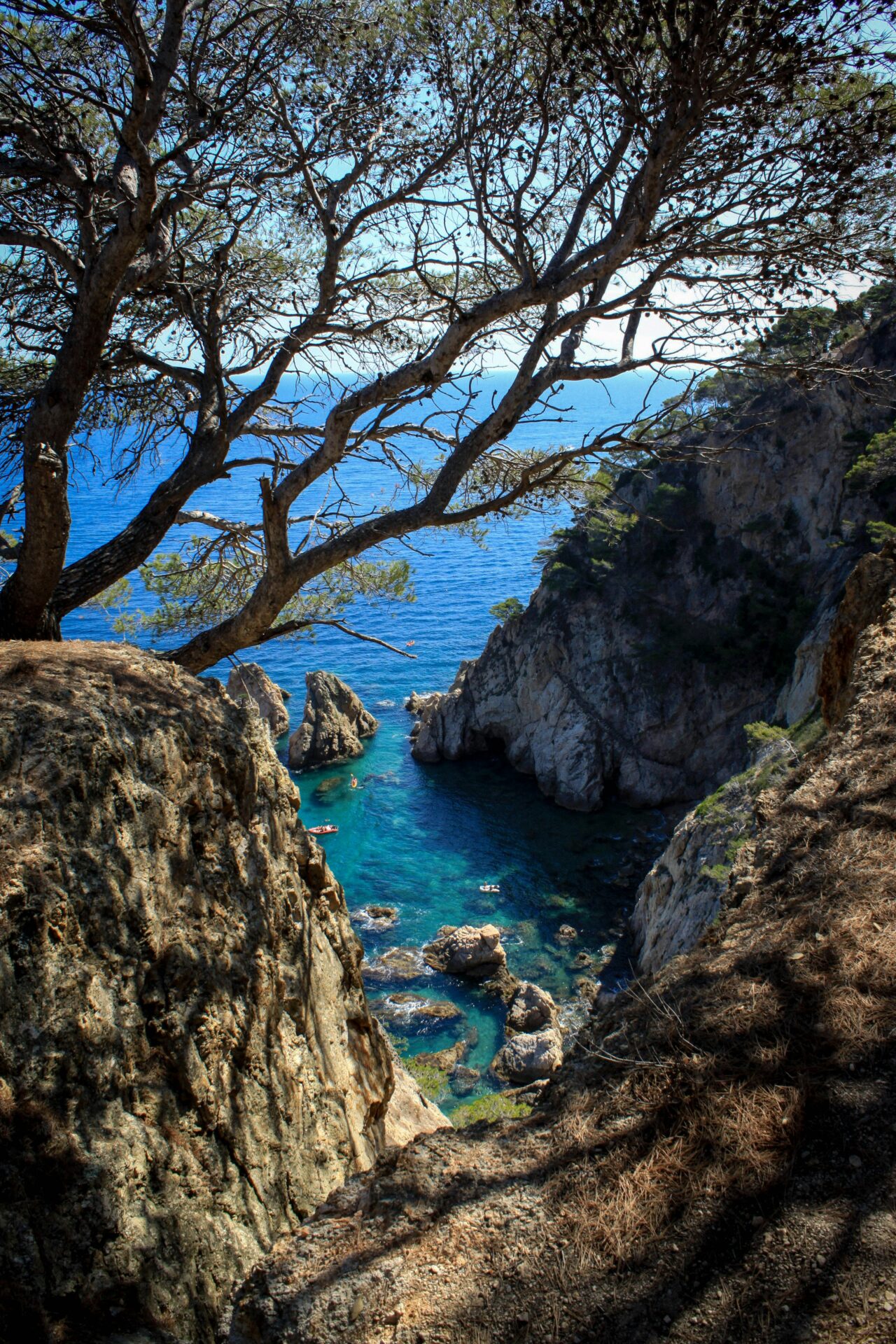
The undulating terrain can be challenging at times, with steep sections that require good hiking shoes. But trust me, the effort is worth it when you round a corner to discover a pristine hidden cove.
One of my favorite moments was watching the sunrise from the cliffs near Calella de Palafrugell. The golden light hitting the rocky coastline created a magical scene I’ll never forget.
Many sections feature winding stone steps carved into the cliffside. These historic paths were originally used by local fishermen and border guards.
Trail Routes and Safety Tips
The GR-92 is the main long-distance route spanning the Costa Brava from the French border southward. While ambitious hikers could tackle it in about 10 days at 13-15 miles daily, I prefer breaking it into manageable day hikes.
For beginners, I recommend the gentler section from S’Agaró to Sant Feliu de Guíxols. It’s well-marked and has several beach access points for swimming breaks.
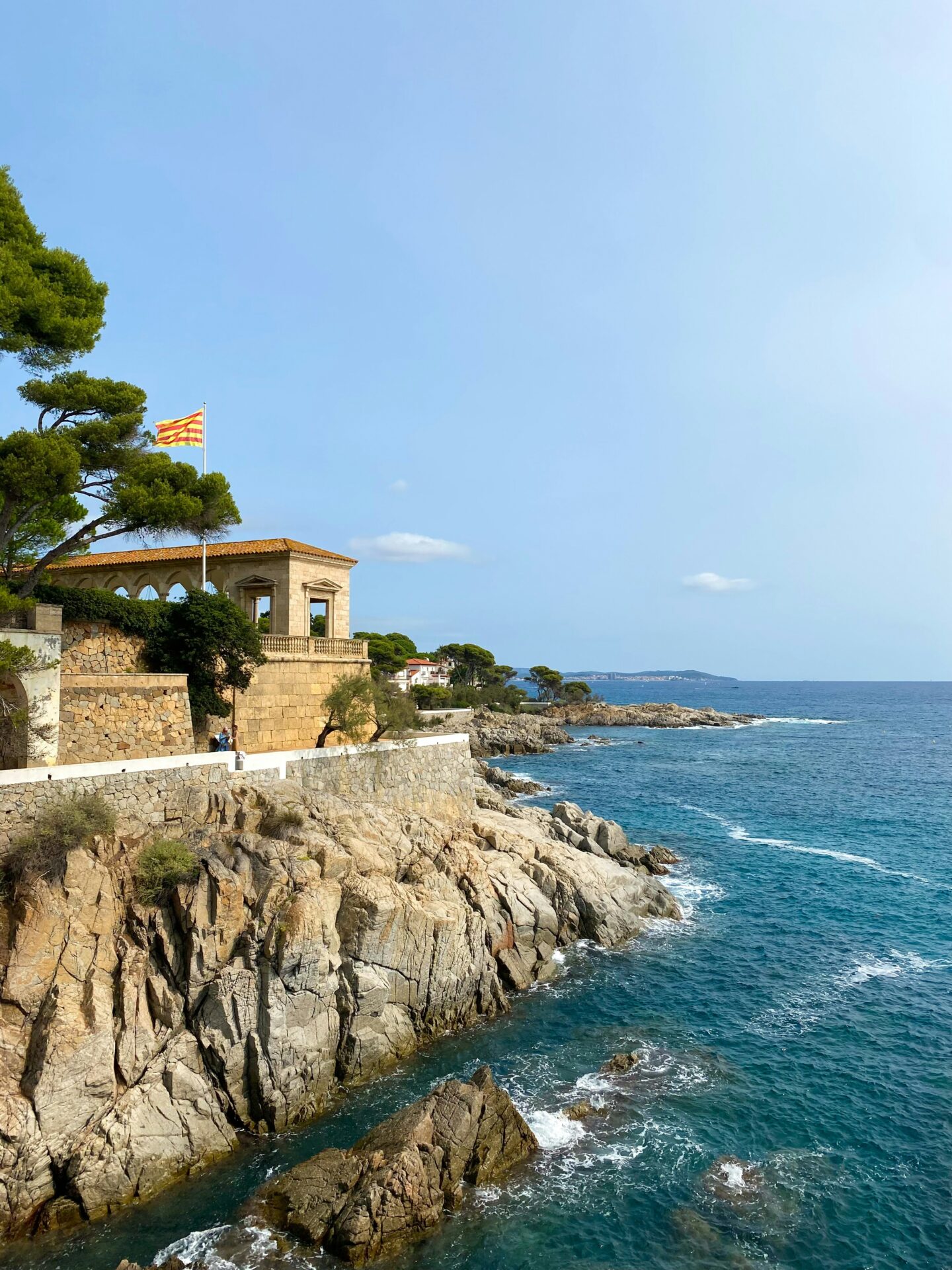
Always check weather conditions before heading out. Summer brings intense heat, so start early and carry plenty of water. Spring and fall offer more comfortable hiking temperatures.
Pack a swimsuit! The best part of these coastal trails is being able to cool off in secluded coves that are often only accessible by foot.
Many trail sections connect charming villages where you can find delicious seafood and cold drinks. I always plan my routes to end at a beachside restaurant for the perfect reward.
Diving into the Blue
Costa Brava offers some of the most spectacular underwater experiences in the Mediterranean. The crystal-clear turquoise waters hide vibrant marine ecosystems and fascinating underwater landscapes waiting to be explored.
Best Diving Spots along the Coast
The Medes Islands near L’Estartit are my absolute favorite diving location in Costa Brava. These protected islands boast incredible biodiversity with colorful fish, octopuses, and even the occasional sunfish gliding through the water.
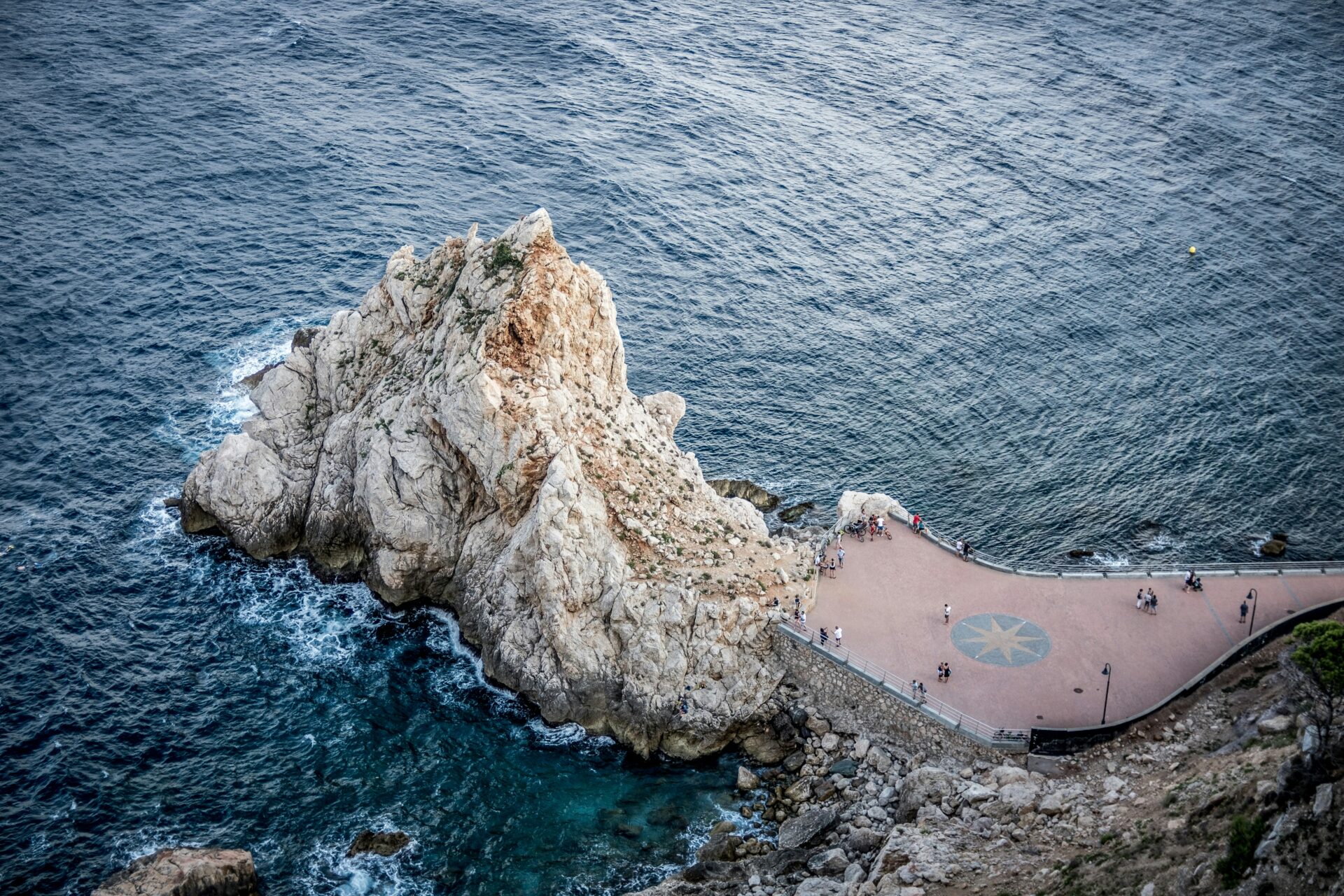
Cap de Creus presents dramatic underwater rock formations that mirror the rugged coastline above. I was mesmerized by the dance of light through the water as it illuminated hidden caves and crevices.
For wreck diving enthusiasts, the Boreas shipwreck near Palamós offers an eerie but fascinating dive. The vessel sits at 30 meters deep, now serving as an artificial reef teeming with marine life.
Las Illes Formigues is perfect for spotting larger marine species. During my dive there, I encountered schools of barracuda and even a curious grouper!
Diving Schools and Certification
Numerous diving centers dot the Costa Brava coastline, making it easy to find professional instruction regardless of your experience level. I started my underwater journey at Dive Center Palamós, where friendly instructors offered PADI courses for beginners.
For more experienced divers, Diving Center Estartit provides specialized courses and guided tours to the remarkable Medes Islands. Their expert guides know all the hidden gems beneath the waves.
Most schools offer equipment rental, so you don’t need to bring your own gear. Prices typically range from €40-80 for a single dive with equipment, while certification courses start around €350.
The diving season runs from May through October, with peak visibility in June and September. I found water temperatures most comfortable in late summer, reaching a pleasant 24°C (75°F).
Savoring Costa Brava’s Flavors
The culinary scene in Costa Brava perfectly complements its stunning landscapes, offering a delicious mix of Mediterranean traditions and innovative cooking techniques.
Local Cuisine and Seafood Specialties
The heart of Costa Brava’s cuisine is undoubtedly its fresh seafood. I’ve found that many local dishes feature the morning’s catch prepared simply with olive oil, garlic, and local herbs.
One of my favorite discoveries was suquet de peix, a traditional Catalan fish stew that fishermen once made on their boats. It’s rich, flavorful, and varies slightly from town to town.
Don’t miss trying anchovy fillets from L’Escala – they’re nothing like the salty versions found elsewhere. These are meaty, delicate, and served with crusty bread and tomato.
The region is also famous for its rice dishes. Unlike paella from Valencia, Costa Brava’s rice dishes tend to be creamier and packed with local seafood.
Top Restaurants and Beachside Dining
In Calella de Palafrugell, I stumbled upon Restaurant Tragamar. It’s right on the beach with stunning sea views. Their seafood paella and grilled octopus were incredible, paired perfectly with local white wine.
For a special meal, Restaurant Can Nasi in Tamariu offers waterfront dining that’s hard to beat. I arrived just before sunset and enjoyed the freshest prawns I’ve ever tasted while watching fishing boats return to harbor.
Many beachside restaurants offer menú del día (daily menu) options that provide excellent value. These typically include three courses with wine for around €15-25.
For something more casual, the small chiringuitos (beach bars) along the coast serve simple but delicious tapas. My favorite in Tamariu serves amazing patatas bravas and local vermouth that’s perfect after a long coastal hike.

